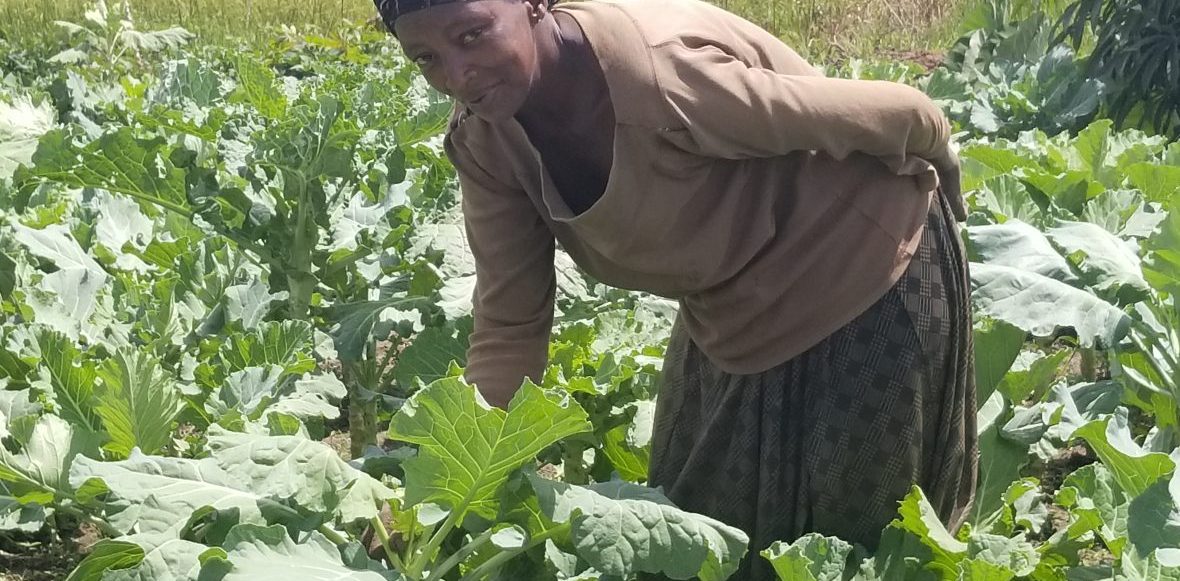
In face of the drought experienced in the country since last year, leaders of farmers groups under National Union of Coffee Agro-businesses and Farm Enterprises (Nucafe) have been sensitised on insurance against the risks to their crop because of such disasters as drought.
During a seminar in Kampala last week, John Makosya, an official from Agro Consortium, a coalition of 10 insurance companies, explained different types of insurance.
These are provided under Uganda Agriculture Insurance Scheme (UAIS) which cover against fire, drought, floods, hailstorms, windstorm, malicious damage, riots and strikes, as well as damage caused by certain pests and diseases.
Makosya disclosed that since introduction of the scheme last year, many farmers have already insured their farms. The scheme is open to various categories of farmers, including livestock keepers, fruit, vegetable and fish farmers plus tea growers, among others.
Collecting information
Joseph Nkandu, the Nucafe executive director, said: “The drought is likely to reduce Robusta coffee production by more than 40 per cent and we may not get the expected national annual output.
This translates onto lower income for farmers and reduced foreign exchange earnings for the country.” The farmers are to benefit from what is known as Coffee Drought Indexed Insurance (CDII), according to information from Agro Consortium.
“The Metosat Satellite of European Space Agency (ESA) is used to monitor drought conditions in Uganda. This information is processed into a Drought Index (RE Index)”
This mechanism—RE Index—is used to understand the historic drought risk, severity and frequency in any sub-county. This provides the basis for the CDII.
The government has offered to pay a subsidy of 50 per cent of the premium for smallholder farmers (less than five acres). A 30 per cent subsidy will be paid for farmers with more than five acres.
Keep records
Drought insurance cover is coffee-specific and related to particular sub-counties where the issues are identified. There is no need for site assessment or field visits before or after the season, and there is no need to fill out claim forms.
All the farmer will have to do is to fill a form specifying location, size of the plantation and sum insured. He will select the insurance period – seasonal or annual—and pay the premium depending on size of his/her plantation. Small-scale farmers may form a group to enter the scheme collectively.
Makosya emphasised that farmers should keep accurate records to help to understand the financial health of the farm and specifically if the crops and livestock are profitable, how much is spent on the farm in a season, where costs can be better managed, which inputs work better on the farm and other forms of information.
“Only farmers who see farming as a business enterprise are likely to take insurance and not those doing it for subsistence,” he said.
